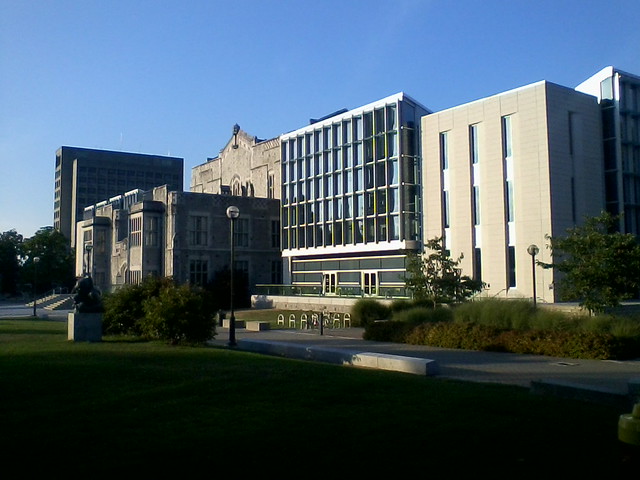The 2014-15Australian Federal Budget included reforms to the funding of higher education, most significantly, from 2016, the removal of the government imposed limit on the fees universities could charge domestic students (Australian Department of Education, 2014). The intention was to introduce this change from 2016, but the measures have been held held up in the Australia Senate, where the government does not have a majority. Negotiations with minor parties might see some form of legislation pass during 2015 (Knott,2014).
However, proposals for universities to set their own fees, structural adjustment fund to help universities with the change and a scholarship scheme for regional students will not address the needs of Australian students. This policy misdirection is similar to ineffective government efforts to restructure the Australian motor vehicle industry, with all manufacturers announcing they will cease production by the end of 2017.
Hannah Forsyth's "A History of the Modern Australian University
The debate which needs to take place is over how to optimize higher education, using a combination of universities and vocational education institutions. Providing subsidies to prop up obsolete university campuses will not assist the students and will condemn the Australian education industry to a similar fate as the motor vehicle industry (although the collapse of the education industry will be much quicker).
Apart from courses where students travel to another country, or study on-line at an overseas instution, Australian universities now face competition from an international on-line university in Australia. Laureate International Universities, is an international for-profit provider of on-line university education. It is now accredited to deliver courses from its international network, through an Australian arm, Torrens University Australia (TEQSA, 2012). In addition, Australia has signed a number of free trade agreements with other nations, which cover services. Education providers in those countries can argue that Australian students studying at their campuses must receive the same Australian government funding support as students at Australian campuses.
The Australian organization which seems to have the best idea of what is happening with Higher Education, and has positioned itself for the change, is not a university. Open Universities Australia (OUA) is a consortium of universities delivering on-line education. This started as a brokering service where OUA got the students, who then studied at the member universities. But in the last few years OUA has acquired companies and set up new initiatives to deliver learning services and courses directly, including in the VET sector.
Earlier in the year I discussed the issue of the future of higher education with academics in Vancouver, but have not seen a similar discussion happening in Australia. It would be unfortunate if the the "reforms" to Australian Higher Education failed to address the important questions.
The debate over universities setting their own fees is reminiscent of the Australian Wool Reserve Price Scheme. This scheme put a floor under the price Australian wool producers were paid and was designed to smooth out fluctuations. However, when the price of wool dropped for an extended period, the only buyer was the scheme, until it ran out of funds. Similarly universities are deluding themselves if they think they can set the prices for courses. The price for courses will be set by the world market. A few Australian universities with a prestigious reputation will be able to charge a premium, but most universities will not.

No comments:
Post a Comment